air bubbles in sinuses
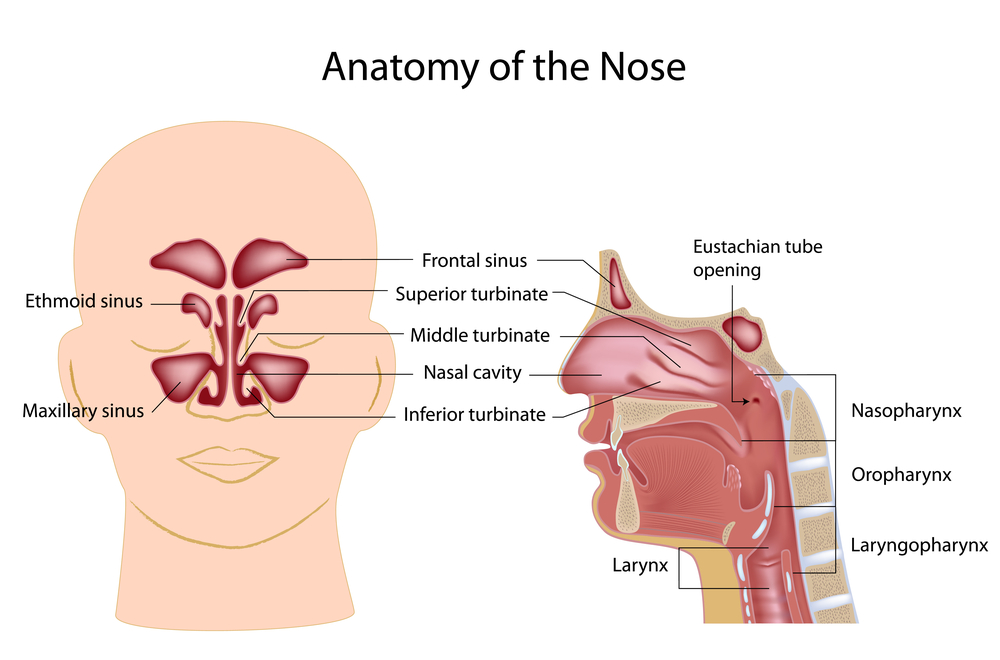 Bubbles in Sinus Area | Popping Noises | Sinus Infection Symptoms
Bubbles in Sinus Area | Popping Noises | Sinus Infection SymptomsWhat is Bullosa shell? Benjamin F. Asher, MD, is an otolaryngologist certified by the board. It has a private practice in New York where it focuses on natural and integrative healing. Have you ever heard the phrase, "breath through the nose and go out in the mouth?" This phrase is based on science. When you breathe through your nose, many things happen including air humidification. Humidity occurs when the air travels through 3-4 conchae. The conchae was called before. Conchae are unified structures in the form of shell on the opposite side of the nasal sept, which separates the left and right sides of the nose. Many small blood vessels within a shell deck. The lower shell, or lower shell, is an independent bony structure, while the upper and upper shell (superior) is actually part of the large ethmoid bone. These shells form three nasal passages for air to flow. Each of these passages, which are separated by shell, have openings to their sinus cavities. Between the lower shell and the lower part of the nasal cavity is the nasolacrimal duct or the tear duct. In the middle corridor it opens both to the maxillary and frontal breasts. While the upper corridor has the opening to the sphenoidal breast. Overview Bully shell is also known as the neutronization of the middle turbinato. This means there's an air pocket in the middle shell. Bully shell is a very common anatomical deviation that does not always result in you having sinus problems. However, large turbines and busty shell can cause a blockage that can prevent your breasts from draining properly. Without adequate drainage can result in frequent . Bully shell can also predispose that you have a . Symptoms Symptoms of busty shell are related to the amount of air present in the middle turbid. The higher the volume, the more likely you will have symptoms and the more severe the symptoms will be. Symptoms may include: Diagnosis Bully shell is best diagnosed with a CT scan and is estimated to be 16 to 53 in 100 cases. The turbines will normally appear as a light grey color, however, in the case of a busty shell, there will be a black air pocket in the center of the grey turbines. Views of the scan will also allow your doctor to determine if the busty shell only occurs on one side of the nose or both sides. Your doctor will also be able to determine from computerized tomography if you have a deviated sept. Treatments Most of the time, the symptoms of bully shell are not severe enough to require treatment. However, if the treatment is necessary, surgery is the only option to remove the air pocket. The three surgical methods include crushing, resection and turbinoplasty. The crushing is a method commonly used to treat busty shell. This is done under general anesthesia with an endoscope. Your doctor will inject your shell with epinefrine to vasoconstriction, or make your blood vessels smaller. This will help limit any inflammation and reduce bleeding. If it is also necessary, the breasts will be operated first. Once the sinus surgery is complete, the forceps will be used to tighten the hustle shell from top to bottom and then squeeze to the back to minimize damage to the turbiage. The crushing method has a very successful rate with minimal complications, although the bleeding after the operation is possible. Ranching also carries the lowest risk of affecting your sense of smell. Turbine resection is surgical removal from part of the shell or complete removal of the shell. This allows to improve the airflow and eliminates the busty shell. The remaining tissue is cauterized and the nasal packaging is inserted to reduce bleeding. Turbinoplasty consists of cutting the turbite and removing the tissue and a small amount of bone. Once the tissue is removed enough the incision is closed. Sign up for our newsletter Health Tip of the Day and receive daily advice that will help you live your healthiest life. Thank you, for signing. There was a mistake. Please try again. Sobiesk JL, Munakomi S.. In: StatPearls [Internet]. 2019.Marino MJ, Weinstein JE, Riley CA, Levy JM, Emerson NA, Mccoul ED. . Int Forum Allergy Rhinol. 2016;6(4):429-36. Khalife S, Marchica C, Zawawi F, Daniel SJ, Manoukian JJ, Tewfik MA. Allergy rhinol (Providence). 2016;7(4):233–243 doi:10.2500/ar.2016.7.0179Toplu Y, Bayindir T, Karatas E, Akarcay M. . Indian J Otolaryngol Head Neck Surg. 2013;65(1):86–88. doi:10.1007/s12070-012-0592-8Pittore B, Al safi W, Jarvis SJ. Acta Otorhinolaryngol Ital. 2011;31(1):47-9. Koçak İ, Gökler O, Doğan R. . Eur Arch Otorhinolaryngol. 2016;273(11):3775-3781. doi:10.1007/s00405-016-4097-zMehta R, Kaluskar SK. Indian J Otolaryngol Head Neck Surg. 2013;65(Supl 2):251–254. doi:10.1007/s12070-011-0368-6Scheithauer MO. . GMS Curr Top Otorhinolaryngol Head Neck Surg. 2010;9:Doc03. doi:10.3205/cto000067 Lee KC, Cho JM, Kim SK, Lim KR, Lee SY, Park SS. Arch Craniofac Surg. 2017;18(2):82-88. doi:10.7181/acfs.2017.18.2.82 Thank you, for signing. There was a mistake. Please try again.

Coronal CT. Air-fluid levels or air bubbles within the opacification at... | Download Scientific Diagram

Coronal CT. Air-fluid levels or air bubbles within the opacification at... | Download Scientific Diagram

Sinusitis - Cancer Therapy Advisor
Maxillary Sinus: Abnormal

Sinusitis - Cancer Therapy Advisor

The Paranasal Sinuses | Radiology Key

Intravascular Pneumocephalus: A Mimicker of Skull Base Fractures

Coronal CT. Air-fluid levels or air bubbles within the opacification at... | Download Scientific Diagram

Sinusitis - Cancer Therapy Advisor

Intravascular Pneumocephalus: A Mimicker of Skull Base Fractures

Coronal CT. Air-fluid levels or air bubbles within the opacification at... | Download Scientific Diagram

Air bubbles in the brain: retrograde venous gas embolism in the cavernous sinus - ScienceDirect

Sinusitis - Cancer Therapy Advisor
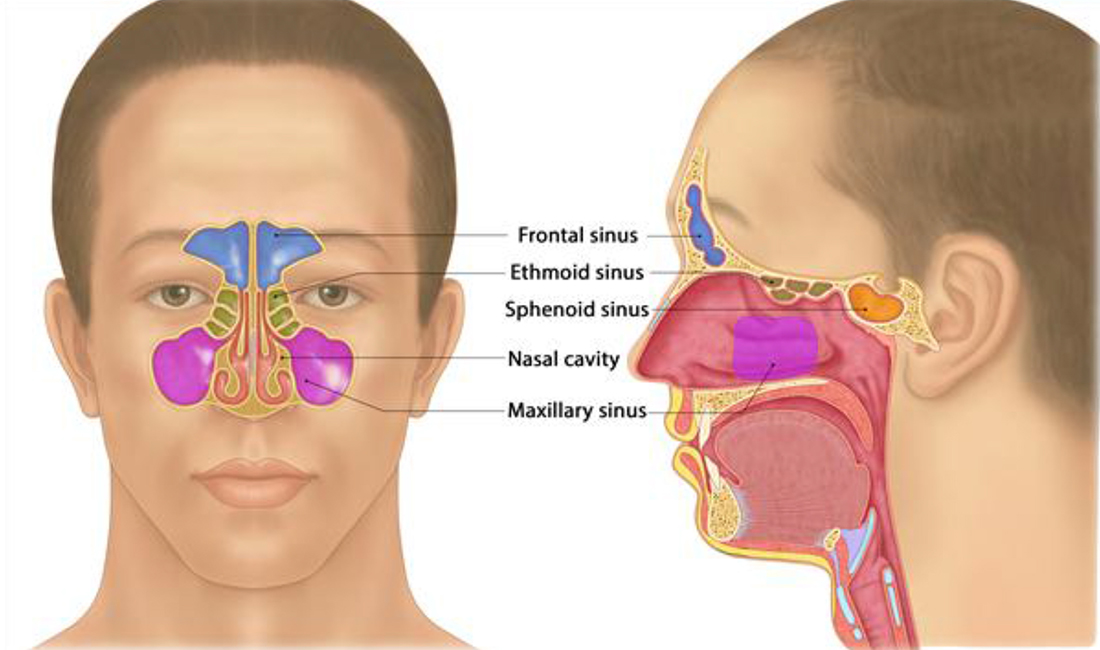
Chronic Rhinosinusitis, Nasal Polyps – Melbourne ENT Group

Imaging in Sinonasal Disorders | IntechOpen
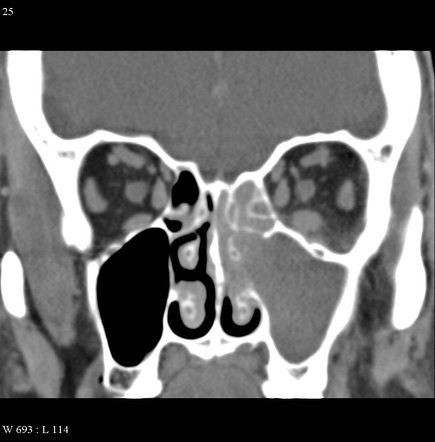
Acute sinusitis | Radiology Reference Article | Radiopaedia.org

Coronal CT. Air-fluid levels or air bubbles within the opacification at... | Download Scientific Diagram

The Endo Blog: April 2016
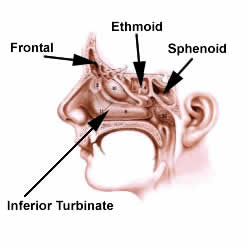
Diseases of the Nose and Sinuses - ENT
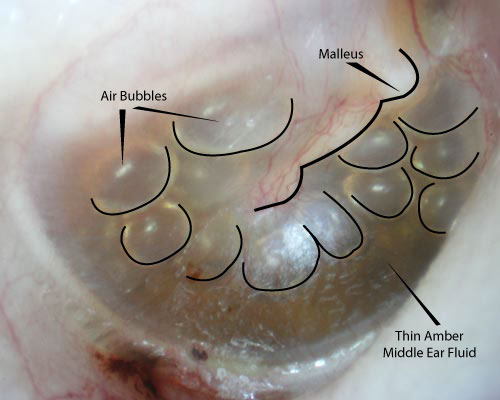
Fluid in the ear Images | McGovern Medical School
Maxillary Sinus: Abnormal

Paranasal Sinus Disease - an overview | ScienceDirect Topics
Why is it that when I pinch my nose and blow through it I can blow air out of my eye? - Quora

Air bubbles at the level of cavernous sinus, bordering the right... | Download Scientific Diagram
Maxillary Sinus: Abnormal
Free Air in the Cavernous Sinus as an Incidental Finding

Figure 1 from Closed Head Injury: How Air Reaches the Cranial Venous Sinus? | Semantic Scholar
/GettyImages-149320835-570be1395f9b5814082e3ca4.jpg)
What Is Concha Bullosa and How Is It Diagnosed?
Sinus Infection (Sinusitis): Types, Causes, Symptoms & Treatment

New Page 1

Empty nose syndrome - Wikipedia

Nasal Polyps: Causes, Symptoms, and Diagnosis

Paranasal sinuses computed tomography revealed mucosal thickening and... | Download Scientific Diagram
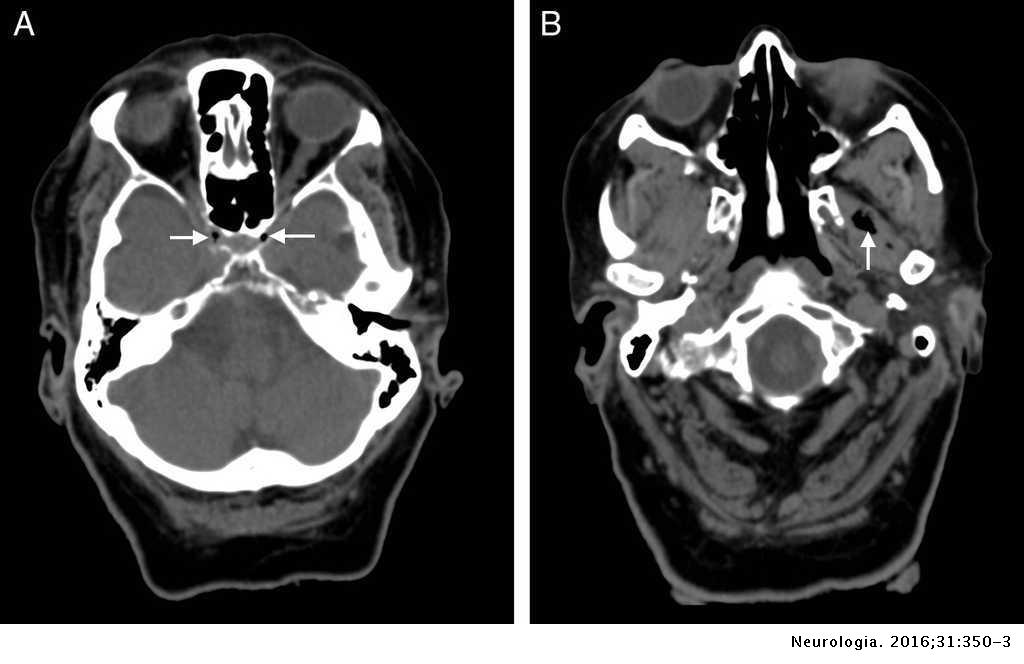
First described case of coma triggered by retrograde venous air embolism: An exceptional but potentially life-threatening situation | Neurología (English Edition)

Nasal Turbinates * California Sinus Centers * Sinus Surgeons & ENT Doctors Bay Area

He tried to hold in a sneeze and ended up in the hospital on a feeding tube - The Washington Post

The pain of a sinus infection and what you can do about it | Stuff.co.nz

Sinus infection (Sinusitis)

Imaging in Sinonasal Disorders | IntechOpen
Gas in the Cavernous Sinus
Posting Komentar untuk "air bubbles in sinuses"